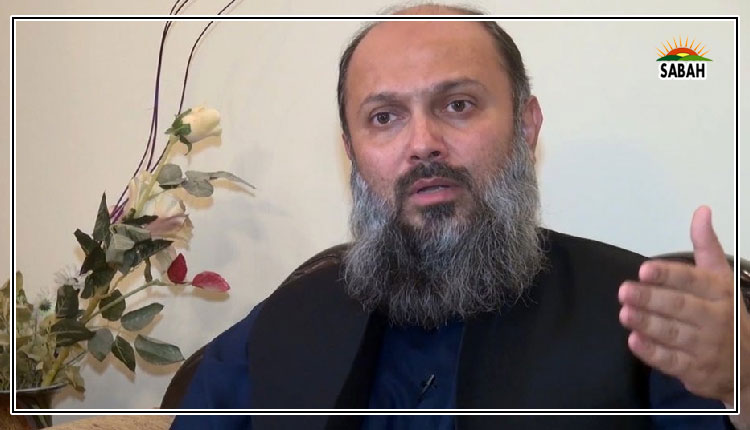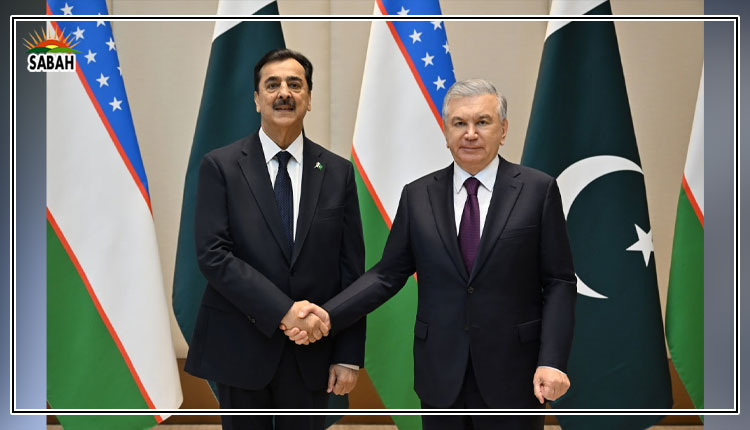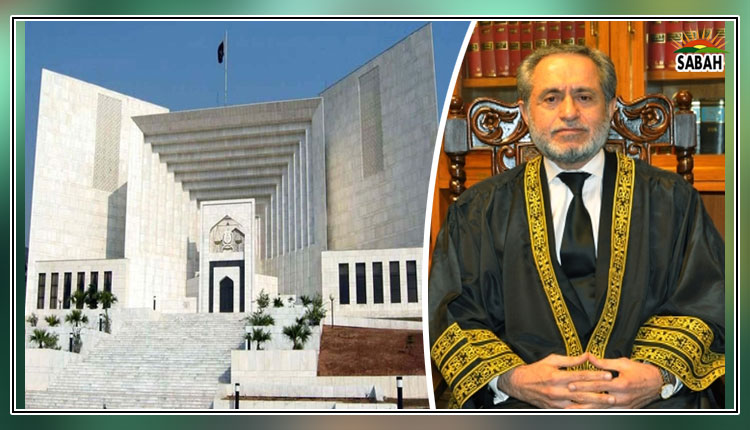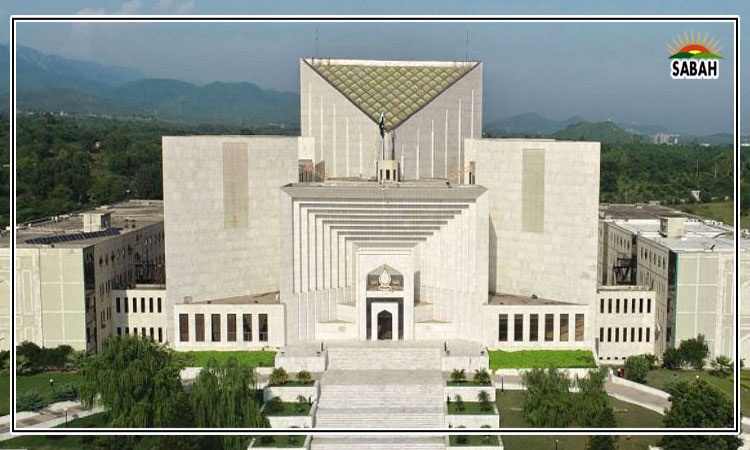Rehabilitation…..Arif Hasan
IN 2018, on the basis of a judgement passed by the Supreme Court of Pakistan, according to some estimates, 7,000 hawkers were removed from the streets of Karachi. They lost their source of income. As a result of this, their children could not go to school, many were turned out of their homes as they could not pay their rent, and still others lost their decades-old business relations.
The state had promised them alternatives to what they had lost, but such alternatives never materialised. Importers of various items, from within Pakistan and abroad, manufacturers of the goods they sold, and the supply chain of these materials were badly fractured. Billions of rupees in business and trade ceased to be, and Karachis formal and informal economy suffered.
In 2019, 1,100 homes accommodating more than 10,000 persons were bulldozed along the circular railway track. Till this day, the residents are living on the rubble of their homes without a proper toilet and cooking facilities. Again, their children cannot go to school. In May 2020, more than a year after their demolition, the Supreme Court ordered that within a year, they should be rehabilitated in a decent manner with all infrastructure facilities. To date, that order has not even begun to be implemented.
Then 7,500 families were evicted as a result of demolitions of the Gujjar, Orangi and Mahmoodabad nullahs so that Karachi may not flood. But it still floods. In September, at a gathering at the KDA Chowrangi North Nazimabad, Bilawal Bhutto-Zardari promised that the government will provide alternative homes to the affected persons. The Sindh chief minister repeated the same thing two or three times.
In the 2020-21 budget, Rs2 billion were allocated for rehabilitation. However, no rehabilitation has taken place and the victims are forced to live in open spaces between their homes or with their neighbours. In the 2022-23 budget, the rehabilitation allocation has increased to Rs9bn.
More recently, residents of Mujahid Colony who have lived in the area, many of them since 1947, have had their homes bulldozed. This is because they are considered encroachers. Thirteen of Mujahid Colonys 28 acres have received leases from the Sindh Katchi Abadi Authority. The demolitions in the colony were carried out in an extremely brutal manner, which included the caning of women demonstrators and the manhandling of young girls by a male police force. No action has been taken so far since this brutality, and no promise has been made of compensation or relocation.
In the process of these evictions, more than 17,000 households in Karachi have been made homeless, and the only option they are left with is to shift to a new katchi abadi or become renters. In addition, about 40,000 students have lost the possibility of continuing with their education.
The government wishes to provide homes and education to its citizens. It also complains of not having enough finances to do this but, at the same time, it promotes homelessness and illiteracy as a result of its demolition policies.
I have constantly argued for providing rehabilitation to those who are bulldozed. Land, water, transport and a loan for building is what is required, and the people will build their own homes. This is how a katchi abadi is built, and this is what my friend Tasneem Siddiqui attempted through government patronage in his incremental housing scheme, Khuda ki Basti. Its a simple process and it can be easily followed for rehabilitation of the evictees.
However, there is good news. In a document of the Sindh Water and Agriculture Transformation Project (SWATP), a social and resettlement management plan has been developed for the 1,246 households that have been a victim of the Akram Wah canal displacements in the districts of Hyderabad, Tando Muhammad Khan and Badin. An anti-encroachment drive was carried out there on the orders of the Supreme Court and the Sindh High Court.
The document shows that the World Bank has obtained money from SIDA and the government is providing full relief and compensation to all those who were in the canals right of way. Hence, the bank has agreed to work on the canal, adopting an approach at variance with the one adopted for the Karachi nullahs, where the government did not compensate the affectees and the World Bank refused to support the rehabilitation of the anti-encroachment drive victims.
The SWATP document establishes a good practice and one must support it. However, it is difficult to understand how the World Bank and the government of Sindh have double standards one for Akram Wah, and the other for the nullahs and katchi abadis of Karachi.
It is imperative that all evictions, except where fraud is evident, should be duly compensated as per the anti-encroachment drive that was carried out at Akram Wah on the orders of the Supreme Court of Pakistan.
Courtesy Dawn












